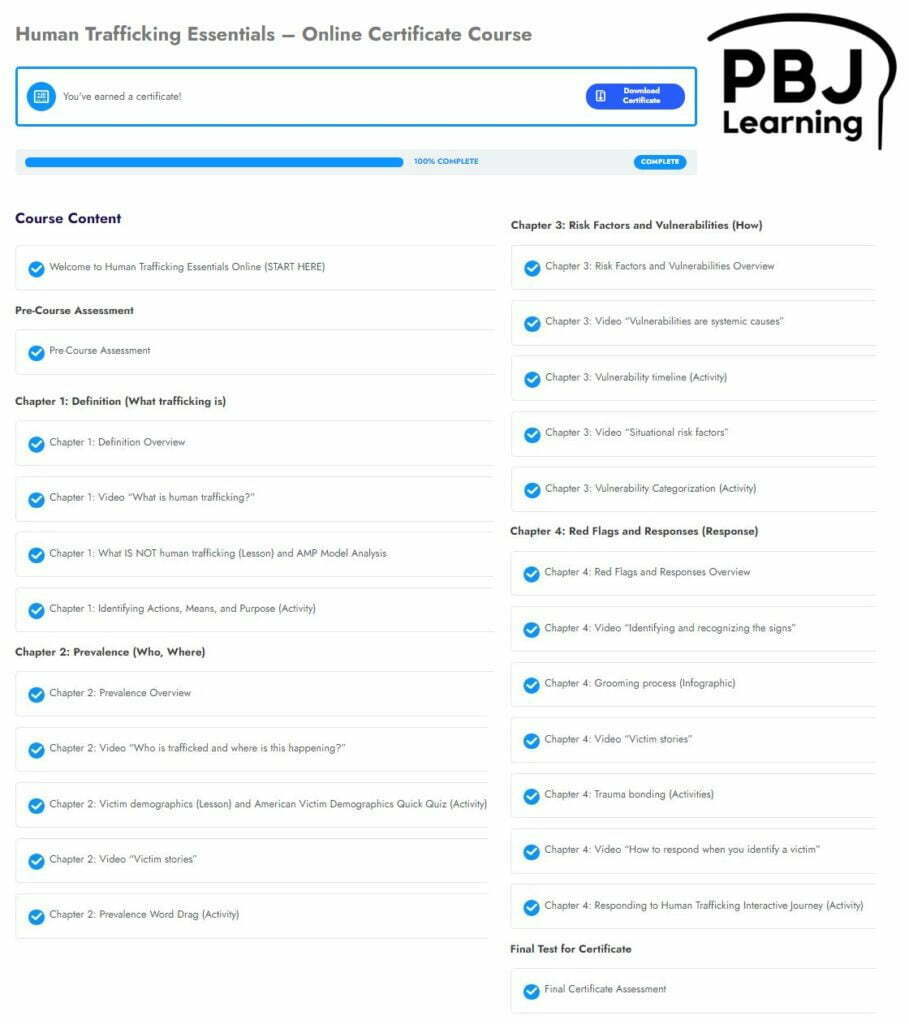What’s the “right length” for online learning activities and lessons?
Designing and delivering a two hour online class for real people with real lives
We receive great feedback from our alumni, and I wanted to give you a look at the thought process of how we decided to break our course into smaller segments. There is more thought behind it than you might imagine.
“I really love how the course is divided into short segments. When a segment is done I really felt accomplished.”

It's great to hear this feedback because we consider our relationship with a learner. We want to earn their trust by taking their user experience into account for every detail.
How is your student really going to use the course you design? I believe people want to use it whenever they want, where ever they are, they should decide how long their learning session should be, and they should always be progressing toward a clear goal.
Avoid dread
People just don't sit down and learn like “the old days.” Our time is divided into random segments of time where we, as an educator, need to fit in somehow. When someone thinks of an “online course,” what do they think about? Usually dread. And every bad course experience they have ever had pops up in their mind.

Earn trust
People want to do their best. And they want to learn. Our users are encouraged to make mistakes, because that is how you develop wisdom and a true understanding of a topic. We consciously decided that we were teaching people how to think about the material, not how to answer specific questions. When you get an answer right, that's awesome. When you get an answer wrong, that's also awesome, because we have an opportunity to present that information to you again in a way that might help you understand.
 We believe that letting people make mistakes and then encouraging them to try again with no guilt or shame helps earn their trust. Even the post-assessment encourages people to go back to specific areas, so they are reminded where they need to go to learn more. Once a student completes the course, it can be used as a tool to be used for research.
We believe that letting people make mistakes and then encouraging them to try again with no guilt or shame helps earn their trust. Even the post-assessment encourages people to go back to specific areas, so they are reminded where they need to go to learn more. Once a student completes the course, it can be used as a tool to be used for research.
We also believe that we are building a relationship with a student. When you start a lesson in our course, there is a timer that matches the length of time a someone might take to complete that session if they are taking the time to read the text, complete each activity, and watch each video. Making this timer match someone's expectations earns a bit of their trust. I set those times myself, so if they're too long, let me know. Also, once you've completed a lesson, there's no more timer. You can go back and learn anytime with no limitations. Isn't that what you'd want?
Earn and hold attention
The decision to write short segments, create short videos, lots of small interactive activities to play around with the things you just learned, putting learning objectives and an introduction video first in every chapter, and randomizing everything else is VERY purposeful.
As a game designer, I know I am phenomenally lucky if I can keep you interested long enough to let your phone ring through to voicemail. I know we are competing with texts, social media, dishes that need to be done, and any number of other “real-life” situations that come up.
 And when you're thinking about products in a web browser, I'm competing for your attention versus your email sitting right next to your web browser tab.
And when you're thinking about products in a web browser, I'm competing for your attention versus your email sitting right next to your web browser tab.
Users completely lose their focus and flow when they get interrupted, so you have to account for that. And people don't like having to restart something lengthy. It feels like you're being punished, which violates a couple of the sections above. So, plan for it!
You'll notice that some sections of the course are just stories and / infographics without interactivity. That's no accident, either. Everyone learns differently, and catering to every type of learner means we teach the material in different ways throughout.
Design for “session” use
Think about a game. We're going to apply that to your course.
People play games in “sessions.” They define their own session lengths (“I am going to play for 10 minutes”) and how often they will play (“I have 30 minutes after every lunch this week”). They also play when they have an available moment (“The bus got delayed, so I'll play until the bus arrives”).
 Imagine reading a book. Same thing.
Imagine reading a book. Same thing.
When things are broken into small pieces, they don't completely “lose their place” if they have to end a session early. People do not like doing things a second time, unless there is a benefit to them. Why create this resentment toward your course? Can you imagine watching 19 minutes of a 20 minute long video you would have to restart if your phone's battery dies? How would that make you feel?
Remember earning their trust with lesson lengths, above? Once they trust our session lengths to be accurate, they'll be able to guess their upcoming session use, which means… more people wanting to re-engage with the course when they have time for a session.

Meaningful progression
People love knowing and seeing they are making progress. We use a standard progress bar, broken into sections for each lesson. Each of our chapters are clearly labeled so you can see what's coming up and you can make a decision about how “far” you're going to go in a session. Finishing a full Chapter should feel satisfying, and starting another should feel exciting.
I kind of think of each Chapter like an episode of Sesame Street. There's enough structural form (i.e. each chapter opens with a video), and enough randomness to make it interesting.
See what you think by looking through the lesson list. Do you see a pattern?

